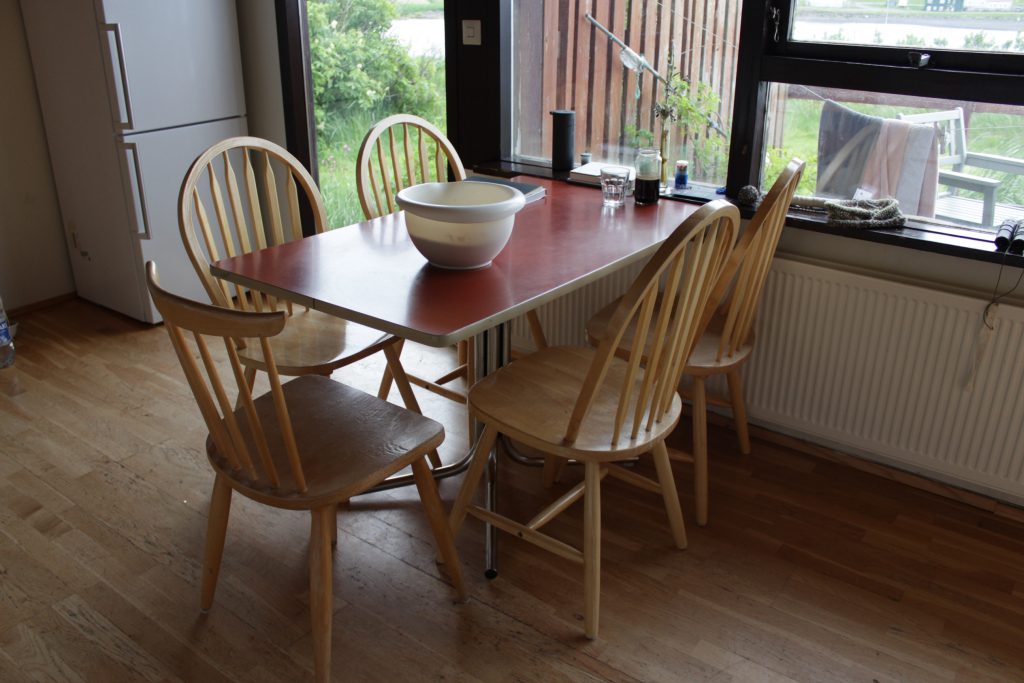Do add sesame and flax
Do choose the top and bottom convection setting on the oven
Do stay at the pool too long so that the bread over-proofs
Do not leave the dough overnight in the hot foyer
Do serve at midnight












A Concordia University Field School in Iceland
Do add sesame and flax
Do choose the top and bottom convection setting on the oven
Do stay at the pool too long so that the bread over-proofs
Do not leave the dough overnight in the hot foyer
Do serve at midnight











when I dip you dip we dip

The analog meat thermometer we were working with in the dye shed only began at 60 degrees, so there was a bit of guesswork and warm water listening involved in keeping the lupine baths at 45. A few of us had read that 45 degrees was the sweet spot for receiving blues from the flowers, so we were hyper-fixated on maintaining that temperature. Soy milk mordanted fabrics also tend to fair better when dyed at less than 60 degrees, so these two paired beautifully. Slower processes at cooler temperatures. Never wishing the dye bath were hotter to unlock latent dye potential.
It was charming that the community pool posted laminated temperatures for each pool and tub. 29 degrees for the main one, 34 for children’s pool, 37-38 for the cooler of the two hot tubs, and 39-40 for the hottest. The sauna ranges from 40-55 — depending if the steam is on or not — and the cold tubs are a crisp 5 degrees. I would sit in the hotter of the two tubs and begin overheating around 15 minutes. However, I could sit in the 38 degree pot almost indefinitely. For any frequent hot tub goers, this must sound so rudimentary, but there was new touch and temperature knowledge to be gained from moving between pools.

Back in the dye shed, I lower my hand into the warming lupine bath. Slightly hotter than the hottest pot. Hot but not scalding. Not painful in the way 50 would be if you let your fingers linger, but also not the kind of tub you would chose to walk into. Sweet familiarity. Sweet knowing.